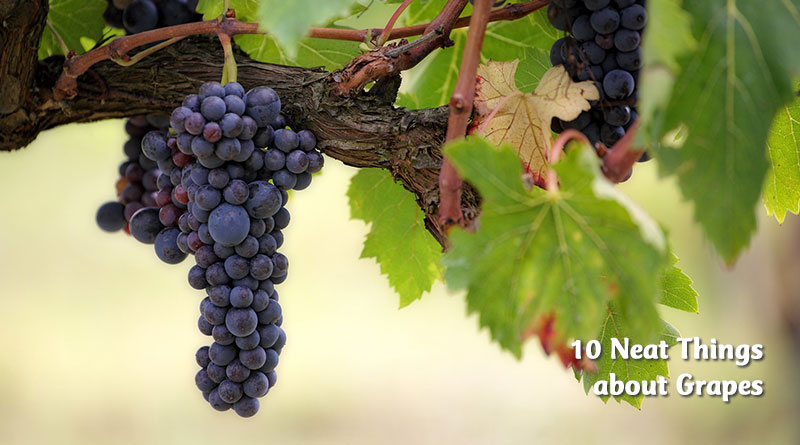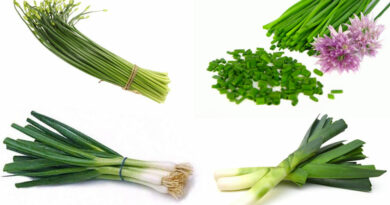About Grapes

1. Sour grapes.
The expression ‘sour grapes’ originated from Aesop’s fable about the fox and the grapes; a hungry fox tries vainly to reach some grapes and when he can’t he disparages them by saying, ‘I don’t need any sour grapes.’ Today, the expression often connotes jealousy, as in ‘I’d love to have it but since I can’t, I’ll pretend that it’s no good anyway.’
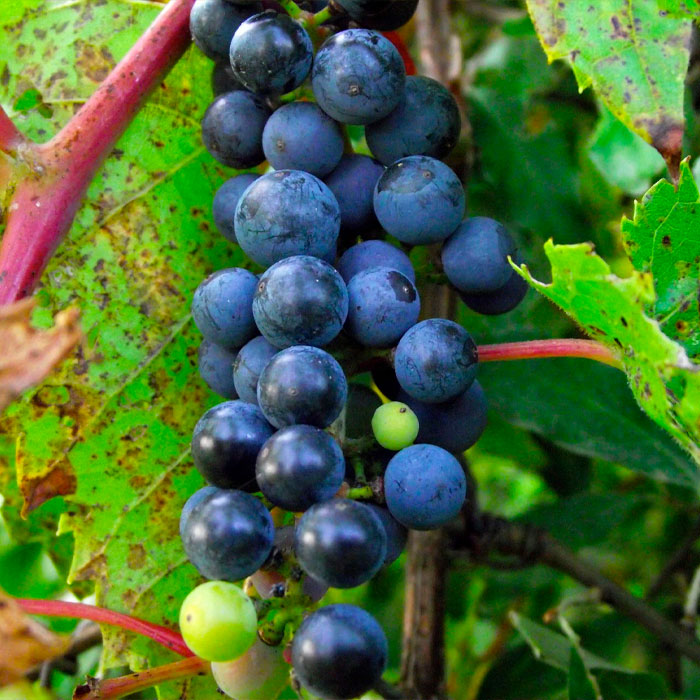
2. Real sour grapes.
There are in fact real sour grapes which may be either unripe or grow wild in America. Vitis riparia occurs naturally in central Canada from Manitoba to Quebec, springing up along riversides and in forest clearings. The vines grow up to 50 feet in length and produce small purple-black fruit that ripens from August to October. The fruit is very sour, but it makes good jelly. The main use for V. riparia is as root stock to create hardy hybrids.

3. Really old grapes.
For grape wine production, most vines last about 25 years, but left to their own devices, they can continue growing much, much longer. The oldest known vine is 450 years old and grows in Maribor, Slovenia. It produces about 130 pounds of grapes a year which makes about 100 bottles of wine. Guinness has confirmed its age through paintings dating back to 1657 when the vine was growing over the same trelliswork that it supports it today.
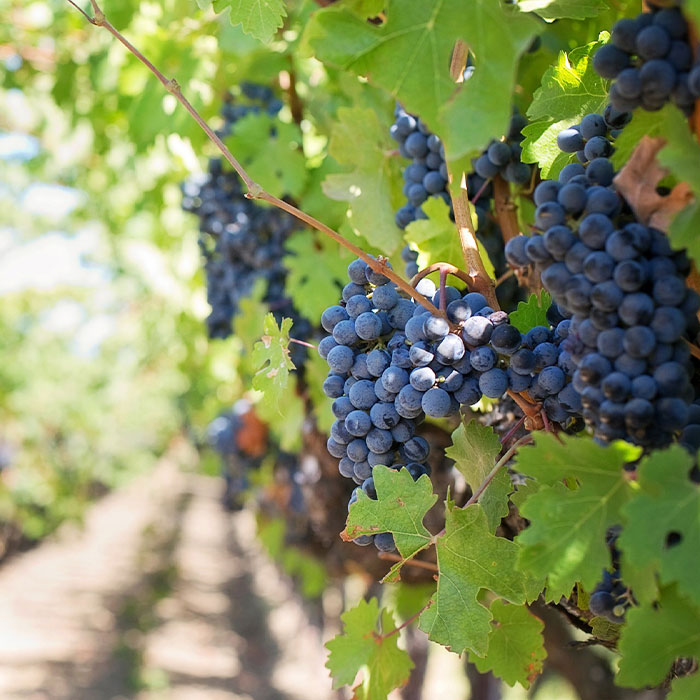
4. Really big grape vines.
A grape vine planted in Carpinteria Valley near Santa Barbara, California in 1769 by Franciscan fathers is claimed to be the largest in the world, although the Great Vine at Hampton Court in England is said to have even greater right to the title. The California vine trunk is nine feet seven inches in diameter and its branches apparently cover 10,000 square feet. The Hampton Court vine was planted around 1768. Its trunk measures 12 feet around the base and the longest branch or arm is 120 feet. Both vines still produce copious amounts of grapes.

5. Taming the wild grape.
Man has been cultivating grapes for thousands of years. The earliest known cultivation goes back to 8,000 years ago in Georgia, with traces of the oldest wines to be found in Armenia. By the way, grapes are classified as berries.

6. Drink wine. Live to 150.
Scientists have been looking at the constituents of red wine for a long time and occasionally we hear about the beneficial effects of drinking it. Now scientists at GlaxoSmithKline claim they are able to make a synthetic version of resveratrol, an ingredient found in small quantities in red wine. They say they can make a stronger version that would act as an activator of the enzyme, SIRT 1, which a person can also switch on by exercising and restricting calories. SIRT 1 is the anti-aging enzyme that when triggered is thought to be able to prolong lifespans and prevent many diseases.

7. Grapes of many colours.
Grapes come in many colours; crimson, black, dark blue, purple, yellow, orange and pink. White grapes are actually green lacking anthocyanins which give grapes their colour and are also powerful antioxidants.

8. The golden sultan.
The golden raisins commonly known as sultanas were originally from a Turkish grape called the sultanina. Their dried fruit was known as sultanas. In North American some Thompson seedless varieties are sold as sultanas after being bleached. As part of the drying method, they may be steeped in water and potassium carbonate to get their golden colour. The addition of sulfur dioxide stabilizes this colour and acts as a preservative. The naturally dried grapes take longer to dry and are sold as Thompsons. There are about 108 calories in a quarter cup of raisins.
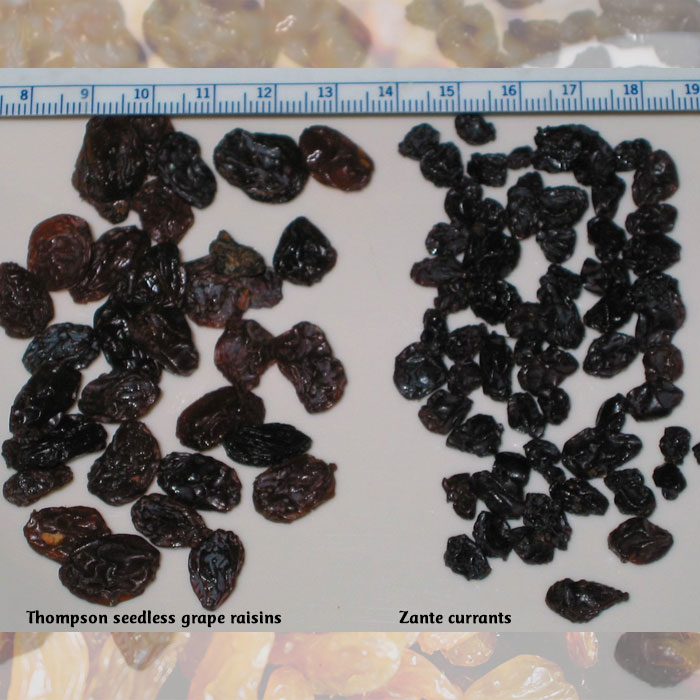
9. Let’s flow with the currant.
Currants are made from dark red seedless varieties of grapes, originally from the city of Corinth in Greece. They are properly known as Black Corinth. The U.S. currants are made from Zantes grapes. So it turns out dried currants are not made from fresh red, white or black currants!
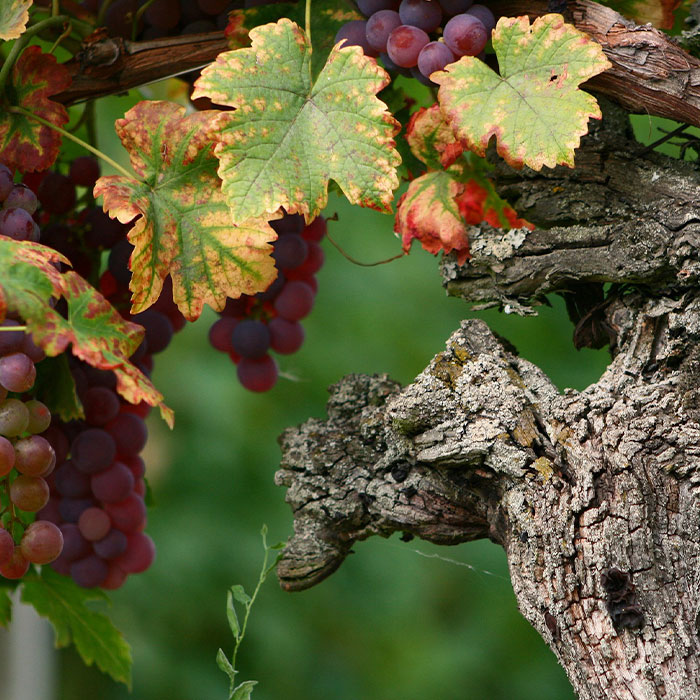
10. The kindest cut.
Pruning grapes for high quality fruit production is a real art. There’s a lot of talk about buds and spurs and arms and cordons and this year’s wood and last year’s wood…
One hint: old wood is shaggy. New wood is smooth. Grapes grow on one-year-old wood. Prune in late fall or very early spring before the buds begin to swell. Prune to control size as well as for production. There are numerous videos on YouTube that will take you through the process step by step.
-Dorothy Dobbie Copyright©
Pegasus Publications Inc.

